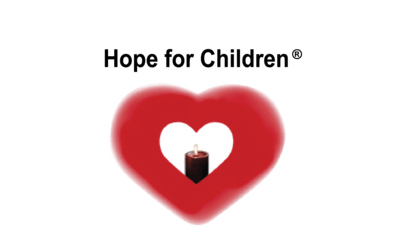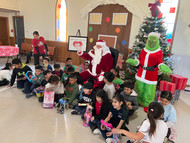Let's Talk
Posted by Dr. Yvette Evans, Ed.D, M.S., CCC/SLP-L on Jan 12th 2025
Fostering Social Communication in Children
- Talking and relating to others is an important factor for our children. Social communication enables us to participate in peer relationships, join in social settings, achieve academic success and be productive in the workplace. Many children struggle with the social communication aspect of language. There are simple steps that we can take to help foster social communication development.
Key Aspects of Social Communication
Social Interaction: Communication between at least two individuals.
Social Cognition: Understanding others’ intentions and perspectives.
Pragmatics: Rules governing the use of language in different social contexts.
Language Processing: Understanding and expressing language effectively.
Social communication is more than just having conversations. It significantly impacts our ability to:
Listen: Understanding social aspects of spoken language, such as turn- taking in conversations.
Speak: Using spoken language in social situations to produce cohesive and relevant messages.
Read: Interpreting points of view and understanding audience perspectives.
Write: Conveying intended messages and viewpoints effectively.
Developmental Benchmarks
Cultural and linguistic diversity, as well as neurodiversity, influence the acquisition of social communication milestones. While variability exists, some general guidelines can give us an idea about expectations. ASHA indicates that social communication benchmarks include:
By Age Five:
Uses indirect requests and deictic terms (e.g., “this,” “that,” “here,” “there”).
Discusses emotions and feelings using twice as many effective utterances as a 3-year-old.
Develop narratives characterized by unfocused chains, where stories have a sequence of events but lack a central theme or character.
By Age Twelve:
Demonstrates increased understanding of the theory of the mind (e.g., predicting what one person is thinking about another’s thoughts or feelings; recognizing sarcasm and strategies to hide deceit).
Creates narratives with causally sequenced events using “story grammar.”
Improves conversational skills, such as maintaining topics, repairing misunderstandings, and taking more conversational turns.
Strategies to Foster Social Communication
Here are some practical steps to support children in developing social communication skills:
1.Read Together
Regularly read books with your child, pointing out pictures and discussing the story.
Ask open-ended questions, such as, “What do you think will happen next?” or “How do you think the character feels?”
2.Play Interactive Games
Engage in games that involve turn-taking and communication, such as “I Spy.”
Board games and group activities that require cooperation and strategy also promote social interaction.
3. Model Appropriate Behavior
Demonstrate social skills by maintaining eye contact, using gestures, initiating conversations, repairing conversations, and taking turns speaking.
Narrate your actions and thoughts during interactions to show how social communication works in real-time.
4. Use Time Sequence Vocabulary
Introduce words like “first,” “then,” and “last” to help children understand sequencing.
Encourage your child to describe events in order, such as what they did during their day.
5. Role-Model with Scripts
Teach conversation starters and strategies, especially if your child struggles with initiating or maintaining conversations.
Example: Before a social event, practice questions like, “What’s your favorite food?” or “Where do you like to play?”
If your child has difficulty with maintaining a conversation teach them to use the three questions starting with what, where, and when. For example, if they are talking about the subject of food. Encourage your child to ask what type of favorite food and where do you get your favorite food. Take time before they go to an event with peers or before school and practice.
Use role-playing to practice responses and build confidence.
By implementing these strategies and recognizing developmental milestones, we can help children build essential social communication skills that will benefit them throughout their lives.
Citations:
American Speech-Language Association, (n.d.). Social communication components. https://www.asha.org/practice-portal/clinical-topics/social-communication-disorder/components-of-social-communication/?srsltid=AfmBOopEqXqnCoWPyNDldTMR_umdsuetggdw9VTlgYeRiOqBMxahntgc
American Speech-Language-Hearing Association, (n.d). Social communication benchmarks. https://www.asha.org/practice-portal/clinical-topics/social-communication-disorder/social-communication-benchmarks/?srsltid=AfmBOopvyMytKgPyL3mzhiEn9mFgAwu-8-V2Ekr50688cL9UnOeWrmJO


